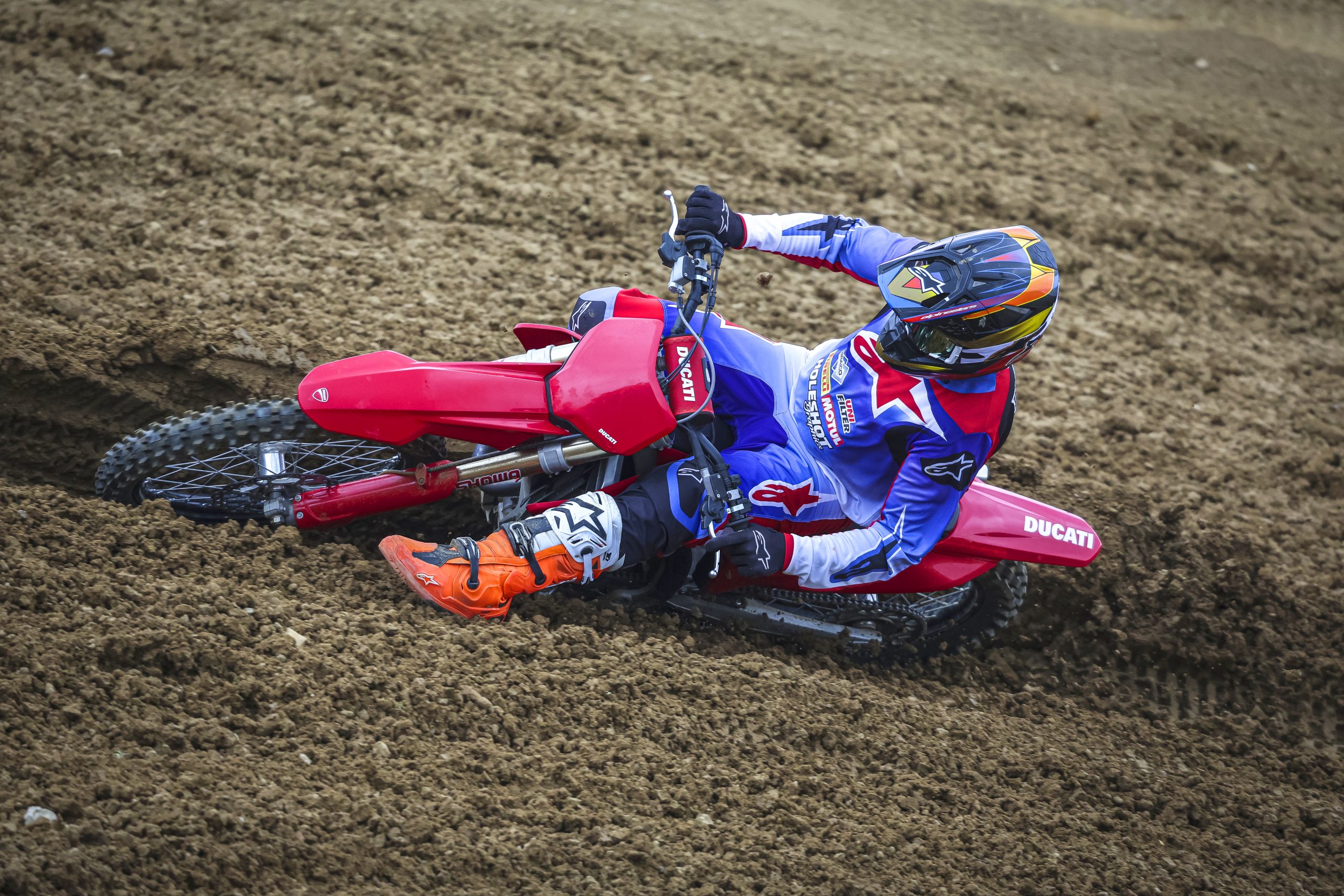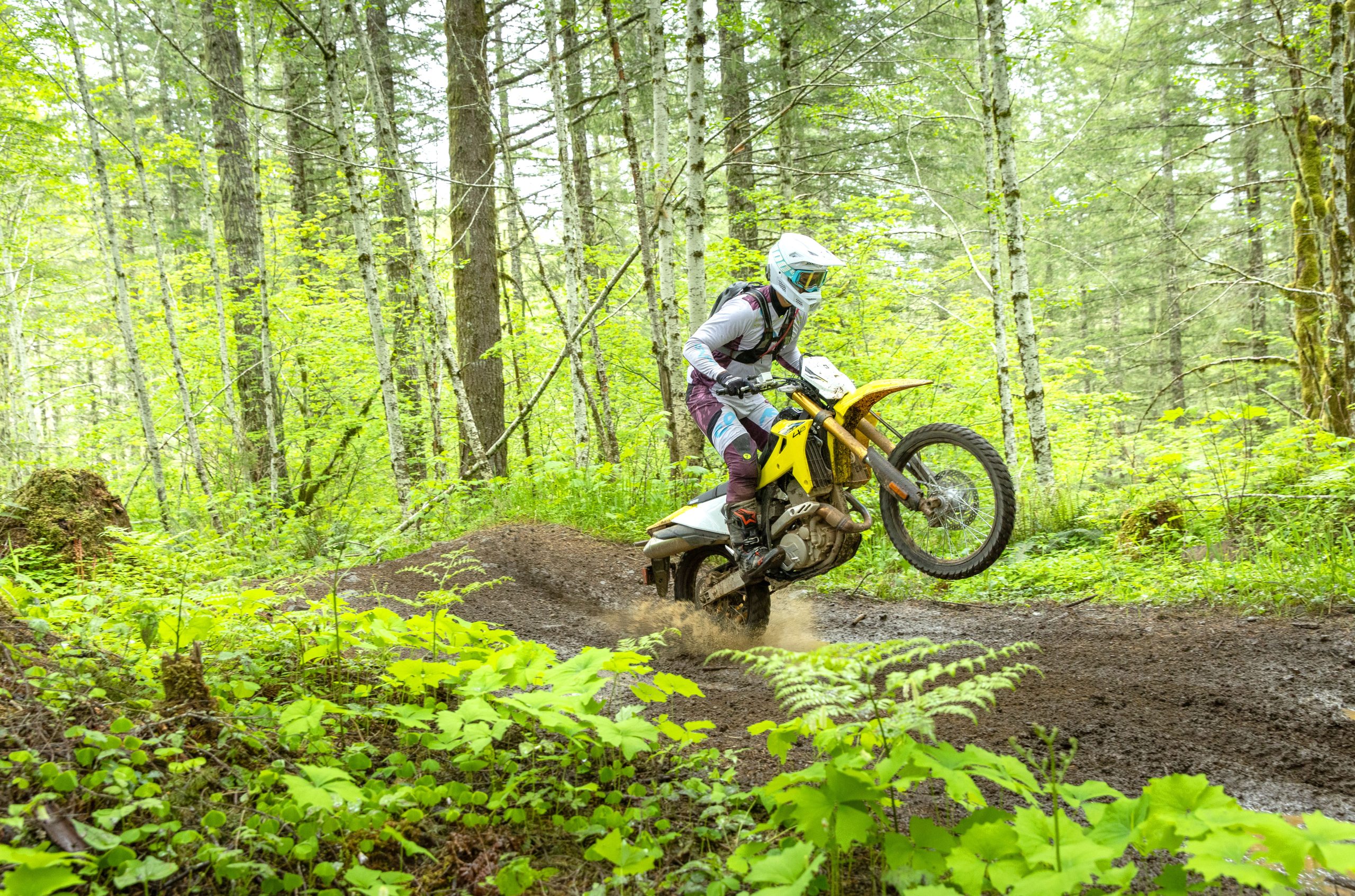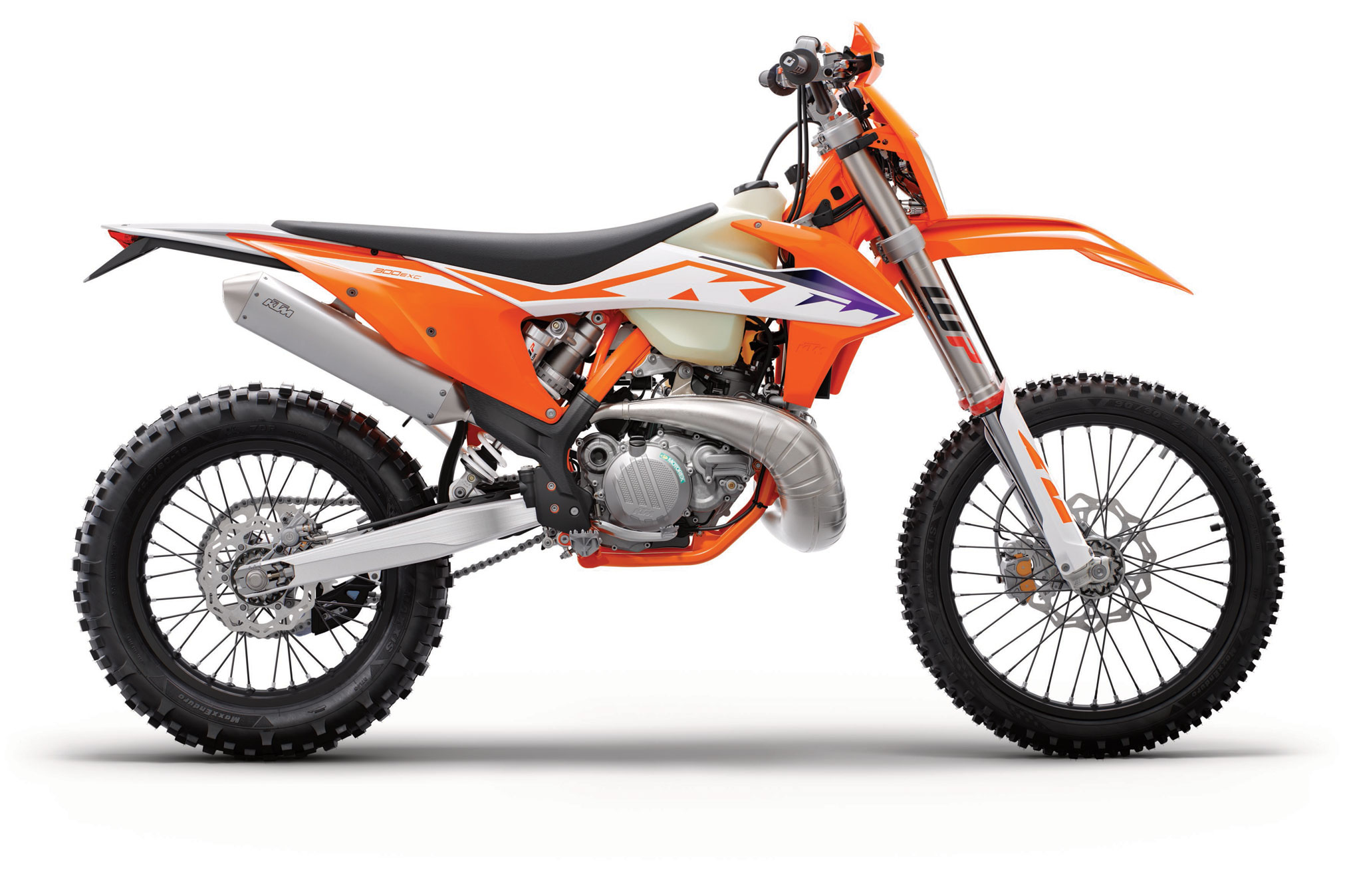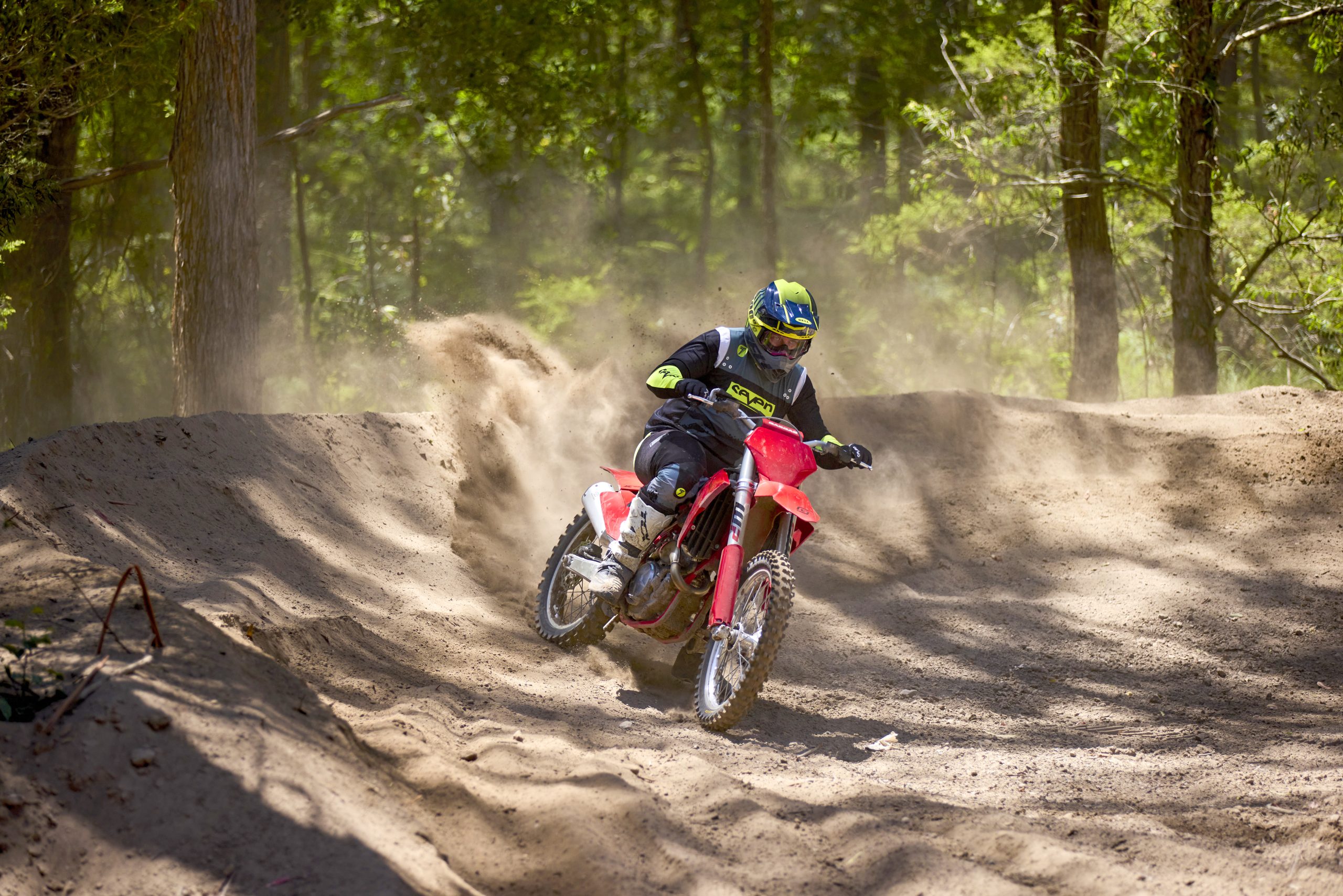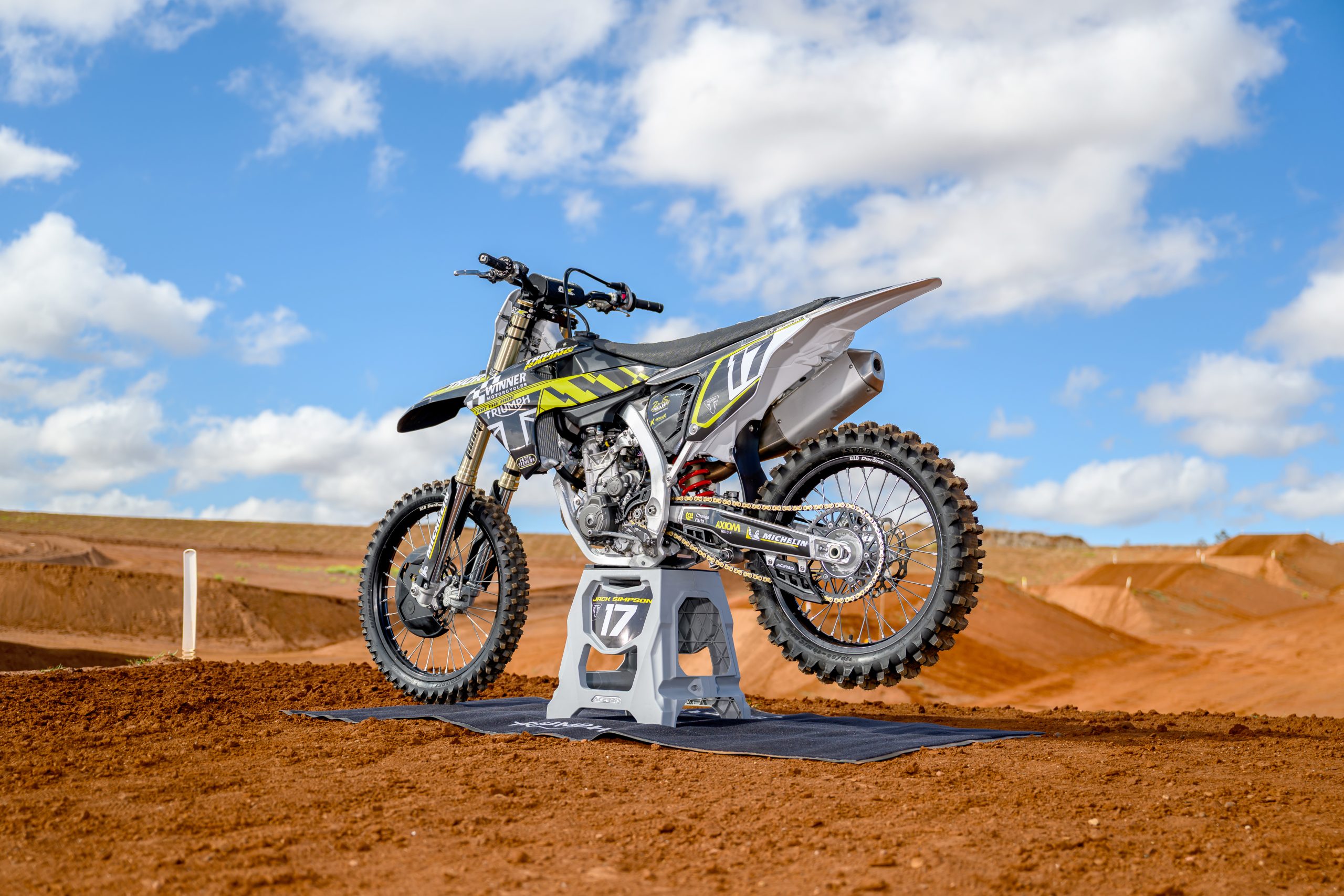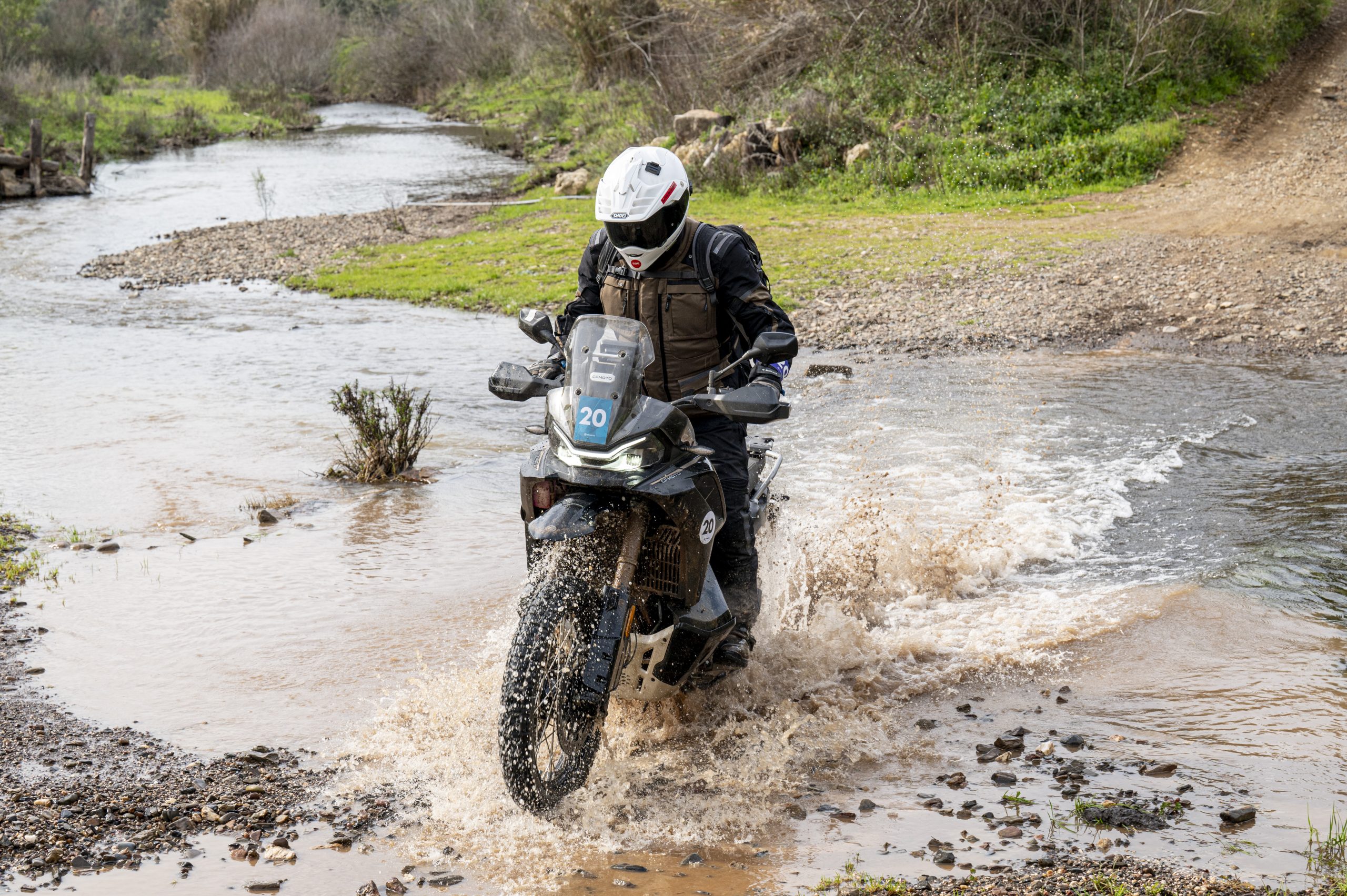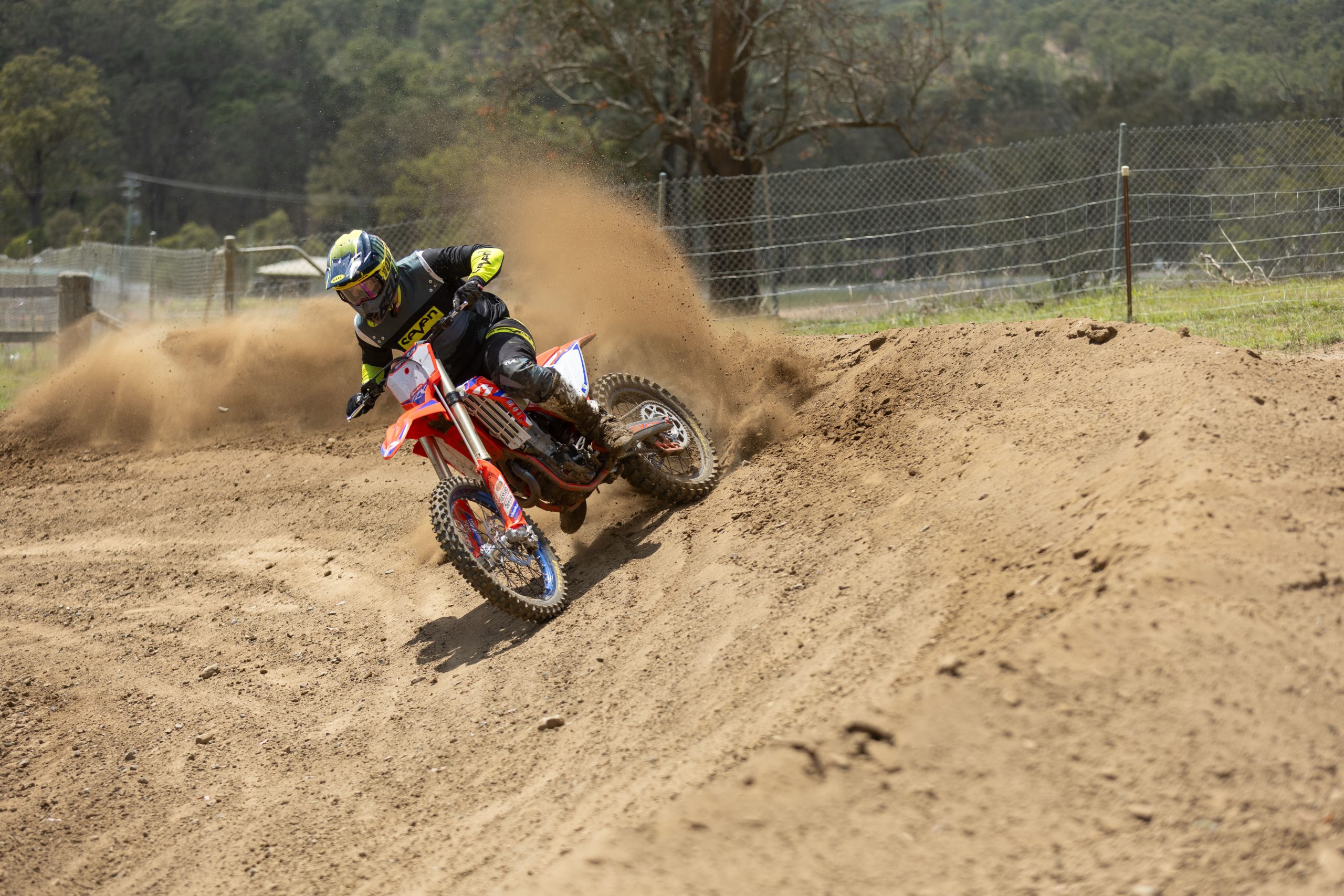I have the brand new 2024 GASGAS EC 300 at my disposal to play around on and get extreme. I have always been a fan of the 300 two-strokes for trail riding and these days the bikes are pretty much built to conquer the hard enduro scene.
What’s new?
2024 saw the GASGAS platforms undergo a full revamp and almost every part on them is new and/or improved in some way. New frame, suspension, motor, swingarm, plastics and a whole new look for the GG side of life. The biggest change for the 2024 GASGAS EC 300 is the the new TBI (throttle body injection) system with replaces the TPI (transfer port injection) which replaced the trusty carby back in 2017.
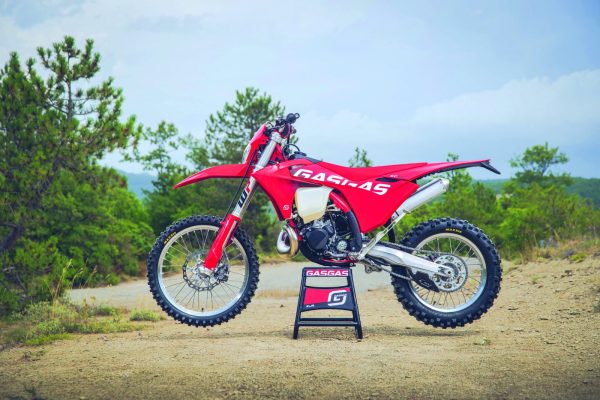
Carby vs TPI vs TBI.
This new TBI system is the answer to the ever-changing emission laws around the world and ever since they stepped away from the trusty carby’s, there has always seemed to be the question of ‘which is best? I never really gelled with the TPI motors after riding carbed 300’s for many years. When I started doing bike tests I could always rely on the KTM (Husky and Gas Gas weren’t apart of the brand then) motors to be one of, if not the strongest in the class.
That older 300cc platform with the Keihen carb was unbelievable and was so incredibly strong and torquey, it felt like you could just go out and have fun every time. Then, for some reason, the KTM group changed to Mikuni carbs for a few years and while they were good, they kind of missed the mark with the jetting compared to Keihen units. They were a lot harder to tune that’s for sure.
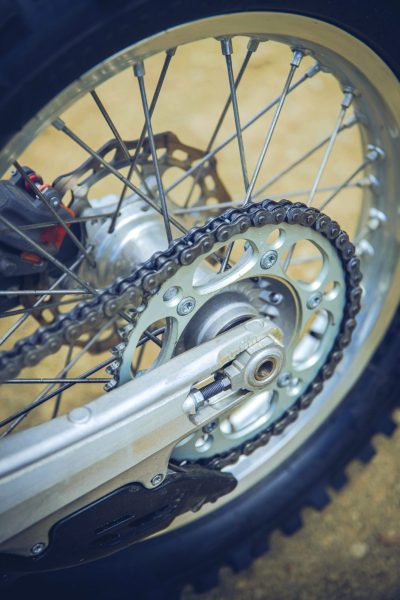
Then, KTM came out with their newest and best thing to happen to the two-stroke, TPI. Transfer Port Injection was a revolutionary design that KTM had huge hopes for. The two-stroke oil was pumped into the transfer port which lubricated the crankshaft, cylinder, piston and rings. The fuel was sprayed in via two injectors and mixed in via the EFI system. The bike ran on straight fuel and oil was stored inside the frame. It relied on the EFI for the correct fuel/oil ratio and was also claimed to be more fuel efficient.
Those first years were not great for the TPI but after some years of different maps and a lot of testing, many people thought that they had their TPI bikes feeling just as good as the carby bikes. The power delivery was super linear, and I believe for trail riding, a lot of people would have liked the softer more mellow delivery, but I never really liked that feeling.
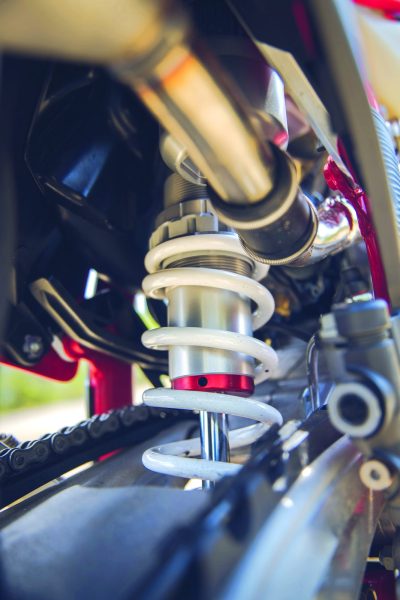
The TPI was never as good as the carby. Power was too soft, and I found that I could confuse the TPI if I rode hard and fast, it would run funny and cough and splutter. Almost like it was a carby bike with the choke on, or needed to be cleared out. It kind of lost that two-stroke feel that we all grew up loving.
In early 2022, we saw some spy shots of a new system. News of a new engine from the KTM group was coming and it was not TPI. Then, the new bikes were released and the new TBI system that we now have was born.

Throttle body injection is the new kid on the block, and seems to be a more traditional style of engine closer to a carb than TPI, although still fuel injected. From what I understand, the TBI system mixes the fuel and air earlier inside the throttle body rather than in the cylinder itself. Both the TPI and TBI have an oil tank in the frame so don’t use pre-mix.
The TBI bikes are equipped with an electronic power valve, a huge asset to the TBI injection system and the way the motor runs. KTM claim the TBI system runs cleaner, makes better power throughout the entire rev range and should run this way whenever and wherever you ride. After reading all about them, I definitely had higher hopes for the TBI than the TPI.
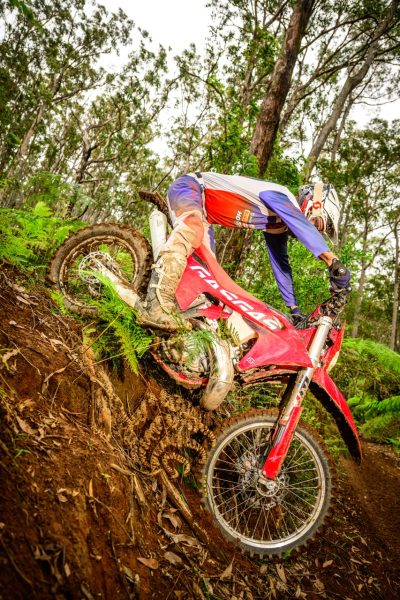
FIRST RIDE OF A TBI BIKE IN AUS.
I attended the 2024 Husky launch in Norway in June and rode the new 300 TBI then. I was eager to get on the production units here in Australia because they had made a few changes and updates to the mapping. So here we are in the beautiful Victorian countryside, riding the all-new 2024 GASGAS EC 300 TBI.
It definitely looks the part for ’24 and after my first five minutes, I was happy to experience that two-stroke feeling again. It’s still not the same as a carb bike, but it is a lot closer compared to the TPI. The TBI system runs cleaner, in stock trim and that is a great starting point. It even sounds better, with a deeper, throatier exhaust note and makes you smile.
The whole feel of the bike is more compact and everything seems to just gel together nicely. The WP suspension is a tad soft for my liking but for the slower, hard enduro kind of stuff I was playing around with, it was perfect.
Compared to previous 300s’, the 2024 GASGAS EC 300 TBI is much better and closer to the feeling of a carb. One thing I noticed was the bike didn’t run on and lean pop after holding high revs for long periods. The old TPI bikes would ping and carry on after being ridden at high revs and I hated that.
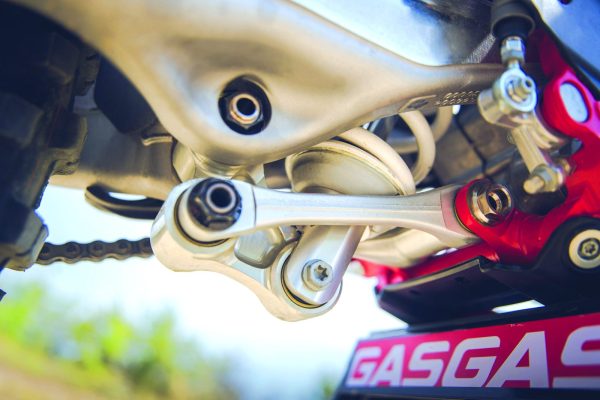
The TBI system still has the super linear and smooth power delivery, but it is stronger and broader than before. I still reckon the older carb bikes were a lot more aggressive and grunty off the bottom and snappier, but the TBI bike seems to be a happy medium and is more rideable.
I was also tasked with tackling some gnarly stuff and play riding around on logs and rocks and discovering what the bike can do. There wasn’t a huge amount of super gnarly stuff available but with the conditions being as nasty and slippery as they were, that in itself was a good test. The first thing I noticed was the ability to crawl out of sketchy spots at extremely low revs. I felt like I couldn’t stall it, I was running the bike at such low revs, a split second from shutting off but that didn’t matter, it never stalled, and it would easily climb out with great traction.
Next was some standing log hops. I parked in front of a log and clicked into second gear and away we went. I couldn’t believe how easy it was to crawl over. I kept going up in size too and nothing seemed to faze it.
The smooth power delivery allowed me to pop the front wheel up onto the log and then another quick flick of the clutch and the rear would follow over. No flame out, no wheel spin, just up and over, again and again. Impressive and after doing this for an hour or so I can see why these bikes are used for the hard enduro stuff, they are just so incredibly easy to ride.
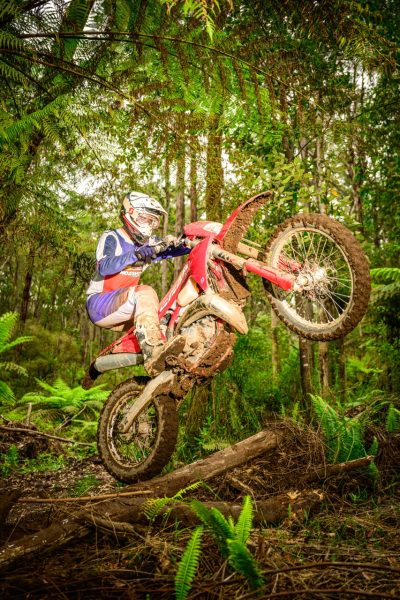
WHY IS THE TBI SYSTEM BETTER?
In the TBI system, the fuel is injected into the throttle body not into the cylinder. This means it has time through the intake system to better atomise with the air before it enters the cylinder. It is easier to tune and map at lower speeds which is what they’ve done. By being able to better fine-tune the fuelling on the injection system, GASGAS could get the TBI system to crawl slower and fuel better at really low rpm than they could the TPI system. Even the electronic power valve can be tuned to open at different throttle RPMs which is a benefit the TPI didn’t have.
The TPI system couldn’t be tuned as well for low-end speed. If the tune wasn’t right they had issues with the system washing oil off the bore but that is no longer a problem with TBI. The use of EFI and the electronic power valve opens up a whole new realm of possibilities for these bikes.
WHAT TO DO WITH YOUR TPI?
The TPI bikes were considered softer in bottom end power delivery with a similar top end. Fuelling issues with low airflow were often the culprit as injectors would squirt in fuel and it could pool prior to entering the reeds giving poor atomisation when the throttle was chopped. KTM released dozens of new maps to customers over the TPI lifetime, hence it’s hard to pinpoint if it’s simply mapping or some other issue at fault.
Companies such as Two Stroke Performance have made some excellent kits that include remapping the ECU, replacement idle screws, reprofiled heads to increase or lower compression and injector relocation kits that clean up bottom end response. We have installed all of these to our Husky 300 TPI and are very happy with the results. TPI has control over the timing and fuelling of the bike, while TBI also controls the power valve.
2024 GASGAS EC 300
ENGINE
Type Single-cylinder, two-stroke,
Displacement 293.2cc
Bore & Stroke 72mm x 72mm
Cooling Liquid-cooled
Compression ratio NA
Fuel metering Continental EMS
Tank capacity 8.5L
Transmission Six speed
Clutch DDS multidisc clutch in oil bath, Braktec hydraulic
DIMENSIONS
Wheelbase NA
Seat height 960mm
Ground clearance 360mm
Claimed Weight 105.8kg (dry)
SUSPENSION
FRONT 48 mm WP XPLOR-USD, 300mm travel
REAR WP XACT Monoshock with linkage, 300mm travel
BRAKES
Front Braktec 260mm disc
Rear Braktec 220mm disc
RUNNING GEAR
Handlebar Neken
Front tyre Maxxis 90/90 x 21
Rear tyre Maxxis
PRICE & CONTACTS
RRP $17,069.00
BROWSER gasgas.com/en-au
BLOWER 1800 644 771
Warranty 6 month


